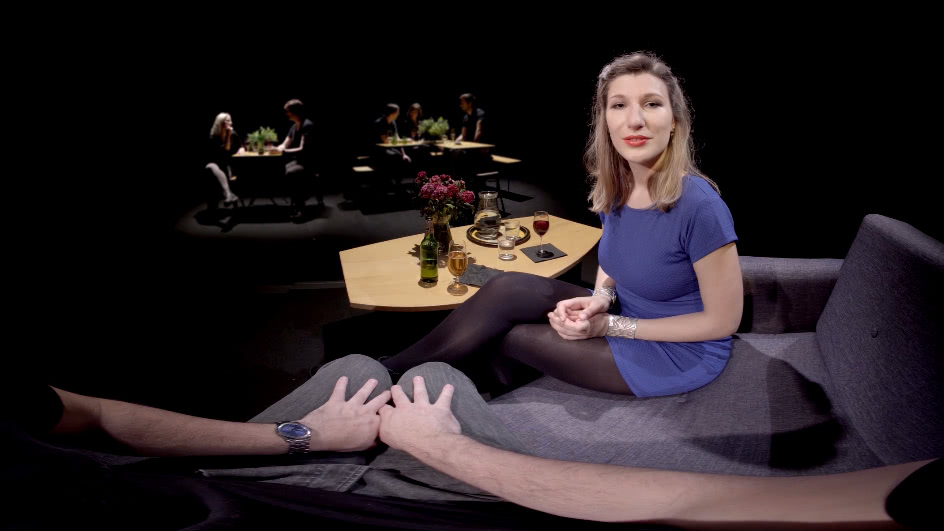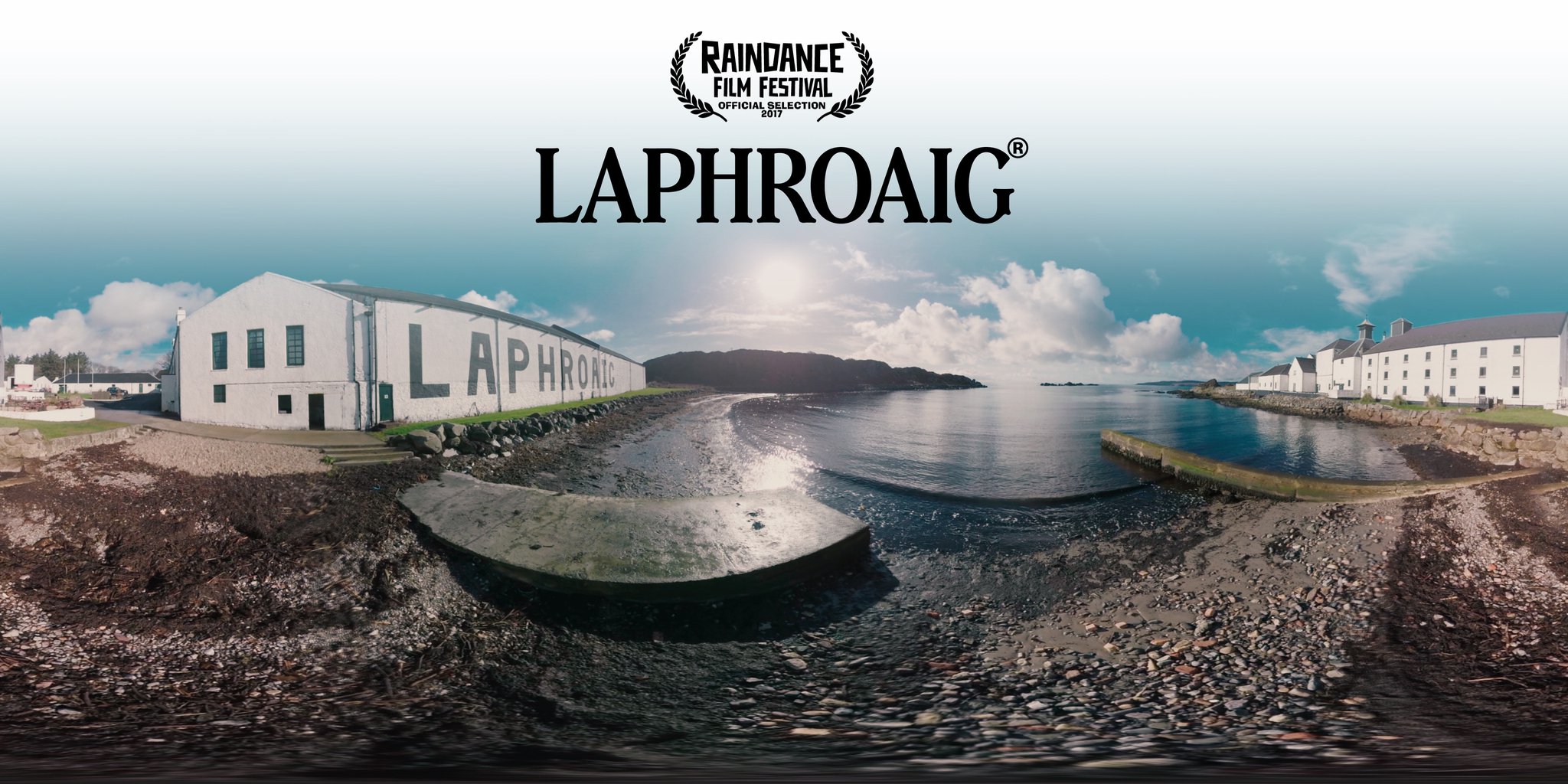SONIC LOGO – PART 3
Audio branding is a powerful tool for companies and products to reinforce a brand or corporate identity. Successful companies like Twitter, Nike and McDonald’s are instantly recognisable through their blue bird, swoosh and golden arches icons. Like these icons, sonic logos are crafted to represent a brand, by taking a word or a concept and translating it into a sound.
Audio branding can build a soundscape which represents the identity and values of a brand or company. Music and sound are emotive and transcend language but still convey meaning with great clarity, so when designed successfully, sonic logos create implicit associations with companies and products in our minds. Strategically using sound to differentiate a brand or product can enhance recall and improve sales while creating a subconscious preference. Used in conjunction with visual cues, it is possible to create multi-sensory brand communication and brand design.
Sonic Brading isn’t just for big corporates
Sonic logos and audio branding aren’t just for huge, global brands. They can also be beneficial to small companies, helping them to make an impact on current and potential customers by increasing brand awareness and loyalty.
Like with any logo, when designing a sonic logo it is essential to first establish what the brand stands for. All different mediums used should reflect a consistent picture of the brand values a company wishes to convey in a distinctive manner. Successfully created logos generally consist of a core melody, voice or a unique sound effect or a combination of some sort, are usually only a few notes or beats in length and can be built to scale from stadiums to mobile devices by using various instrumentation.
Though sonic logos became popular through radio, the opportunities to use these have increased in recent years with the rising popularity of podcasts and new media, and devices with built-in audio delivery. When used correctly they can be incredibly effective, like Intel’s instantly recognisable 5 notes composed by Walter Werzowa.
McDonald’s: https://www.youtube.com/watch?v=SE1B3N_a7fE
Intel: https://www.youtube.com/watch?v=-ihRPi4wcBY
The landscape of future media is changing rapidly
As the IoT (Internet of Things), along with smart home speakers like Google Home, Amazon Echo, Apple HomePod and many others, become more and more prominent in our everyday lives, it is necessary for brands to start future-proofing for a time that is less reliant on screens. When most devices offer visual cues, audio cues can seem superfluous and unnecessary. As virtual assistants like Alexa are becoming more popular there is a need for users to receive information without having to rely on visuals. Music and sounds can be more useful and less intrusive than voice. If the user knows the meaning, a simple note or sound can convey as much information as a full sentence.
Brands that want to remain current will need to create a sound landscape that is pleasant and useful to users and informs without distracting. This also extends to AR or MR (Augmented or Mixed reality), where sonic communication is overlaid on the top of the real world – a properly designed sonic logo and soundscape will trigger brand awareness in a user without visual branding is necessary. Furthermore, there is a significant uptake in immersive branding where global brands are enjoying a whole myriad of new tech enabling them to promote their products and services in VR (Virtual reality) or in 360 Videos. Within this media the sonic logo can be implemented in 3D as spatial audio, adding a whole new level of engagement.
As we enter a new age of emerging tech the opportunities to experiment with new formats of sonic branding will increase significantly and those who embrace this will enjoy a competitive advantage.
To find out more about the world of immersive audio or if you’re interested in designing a sonic asset for your brand please get in touch with us: [email protected]
Example of 1618 Digital’s own sonic logo: https://youtu.be/9Zc2UDy_2TY
For previous articles on sonic branding please visit our blog page.
1618 Digital Team












